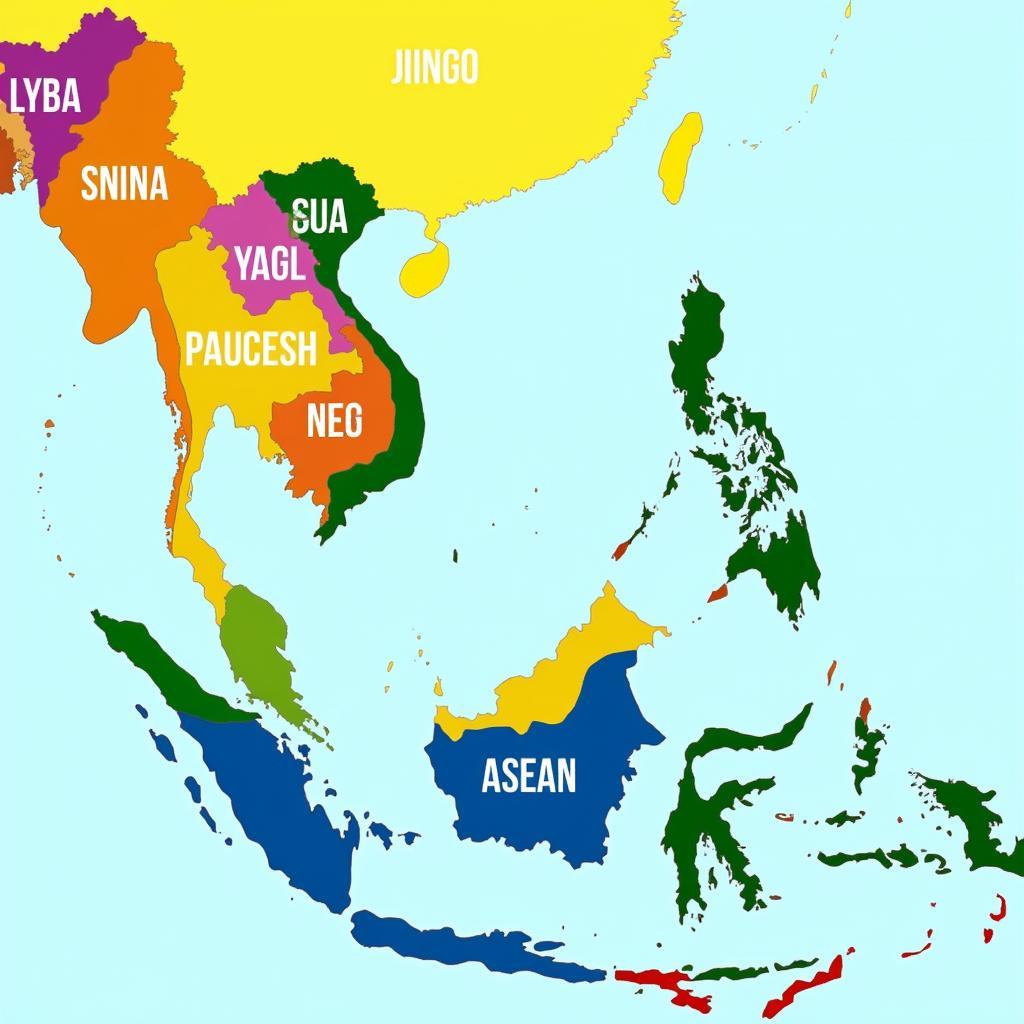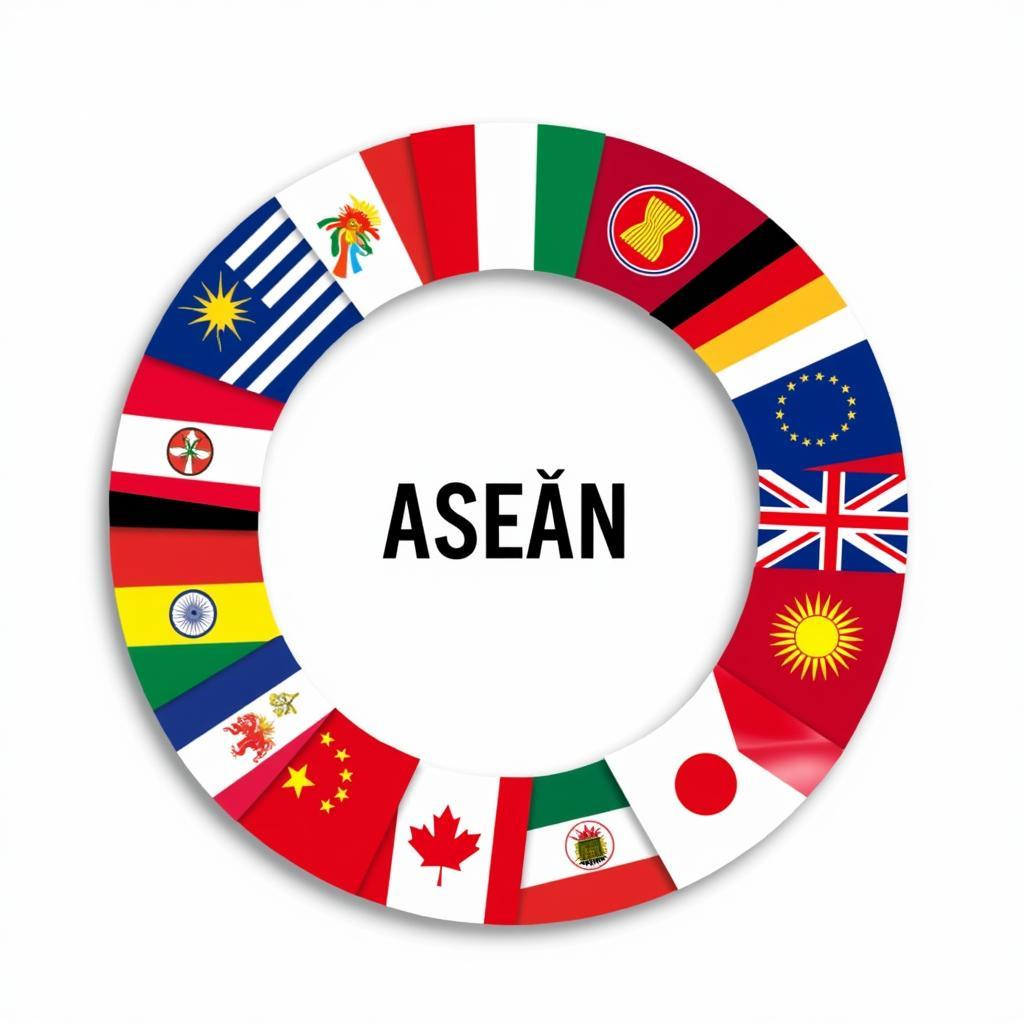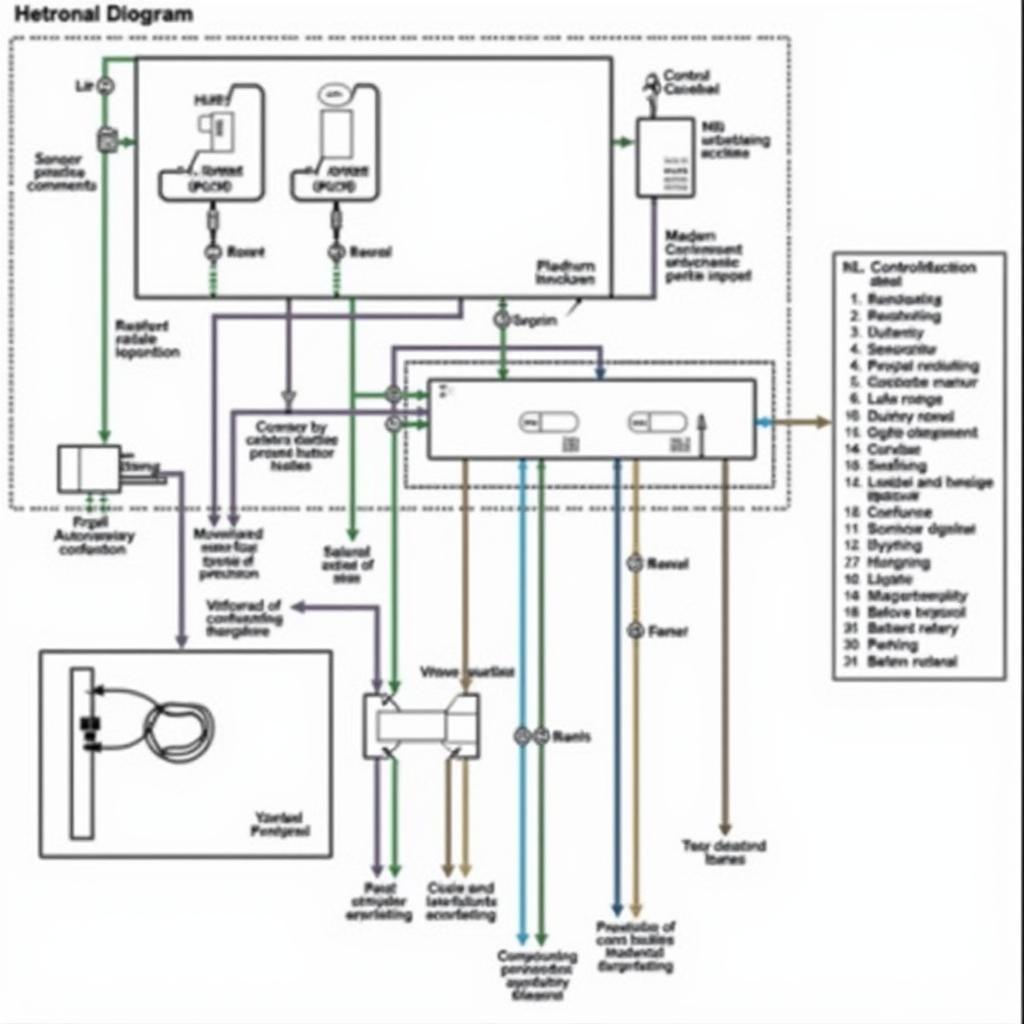The Asean Organisation, officially the Association of Southeast Asian Nations, plays a vital role in fostering political, economic, and socio-cultural cooperation among its ten member states. This article explores the history, structure, and key functions of this important regional body, offering insights into its significance in the global landscape.
A Deep Dive into the ASEAN Organisation’s History and Formation
The ASEAN Organisation was established on 8 August 1967, in Bangkok, Thailand, with the signing of the ASEAN Declaration by the five founding members: Indonesia, Malaysia, the Philippines, Singapore, and Thailand. Driven by a shared desire for regional stability and prosperity amidst the Cold War tensions, these nations laid the foundation for a collaborative future. The ase organisation aimed to accelerate economic growth, social progress, and cultural development through joint endeavors.
Expanding Membership and Evolving Objectives
Over the years, ASEAN expanded its membership to include Brunei Darussalam, Vietnam, Laos, Myanmar, and Cambodia, solidifying its position as a key player in Southeast Asia. The organization’s objectives evolved beyond initial goals, encompassing areas like environmental protection, disaster management, and the promotion of a people-centered ASEAN community.  Map of ASEAN Member States
Map of ASEAN Member States
Key Pillars of the ASEAN Organisation: Cooperation and Integration
The ASEAN Organisation operates on three fundamental pillars: the Political-Security Community, the Economic Community, and the Socio-Cultural Community. These interconnected pillars strive to achieve comprehensive regional integration.
The Political-Security Community: Maintaining Peace and Stability
This pillar focuses on promoting regional peace and stability through dialogue, cooperation, and the peaceful resolution of disputes. It emphasizes confidence-building measures, preventive diplomacy, and adherence to international law. What is the purpose of the Political-Security Community? Simply put, it aims to create a secure and stable environment for the region to flourish.
The Economic Community: Driving Regional Economic Integration
The Economic Community aims to create a single market and production base, facilitating the free flow of goods, services, investments, and skilled labor. It fosters closer economic cooperation and competitiveness, promoting sustainable economic development and reducing poverty. about asean organisation provides more in-depth information about this important pillar.
The Socio-Cultural Community: Fostering People-to-People Connectivity
This pillar focuses on enhancing people-to-people connectivity, promoting social development, and strengthening regional identity. It emphasizes cooperation in areas like education, culture, health, and environmental protection. The Socio-Cultural Community seeks to create a more inclusive and harmonious ASEAN.
The ASEAN Organisation in the 21st Century: Challenges and Opportunities
The ASEAN Organisation faces various challenges, including navigating geopolitical complexities, addressing economic disparities, and managing environmental issues. However, it also possesses immense potential to become a major force in the global arena. aer asean engineering register provides one example of how ASEAN promotes professional mobility within the region.
Conclusion: The ASEAN Organisation’s Enduring Importance
The ASEAN Organisation has come a long way since its inception. It has played a crucial role in promoting regional cooperation and integration, contributing significantly to peace, stability, and prosperity in Southeast Asia. While challenges remain, the ASEAN Organisation’s commitment to collaboration and its evolving objectives position it for continued growth and influence in the decades to come. ase committees are crucial for coordinating various initiatives and driving progress within the organization.
FAQ
- What are the main objectives of the ASEAN Organisation?
- How many member states are there in ASEAN?
- What are the three pillars of the ASEAN Community?
- When was the ASEAN Organisation founded?
- Where is the ASEAN Secretariat located?
- How does ASEAN promote economic cooperation?
- What is the role of ASEAN in maintaining regional peace?
For further support, please contact us at Phone Number: 0369020373, Email: [email protected] or visit our address: Thon Ngoc Lien, Hiep Hoa, Bac Giang, Vietnam. We have a 24/7 customer support team.


